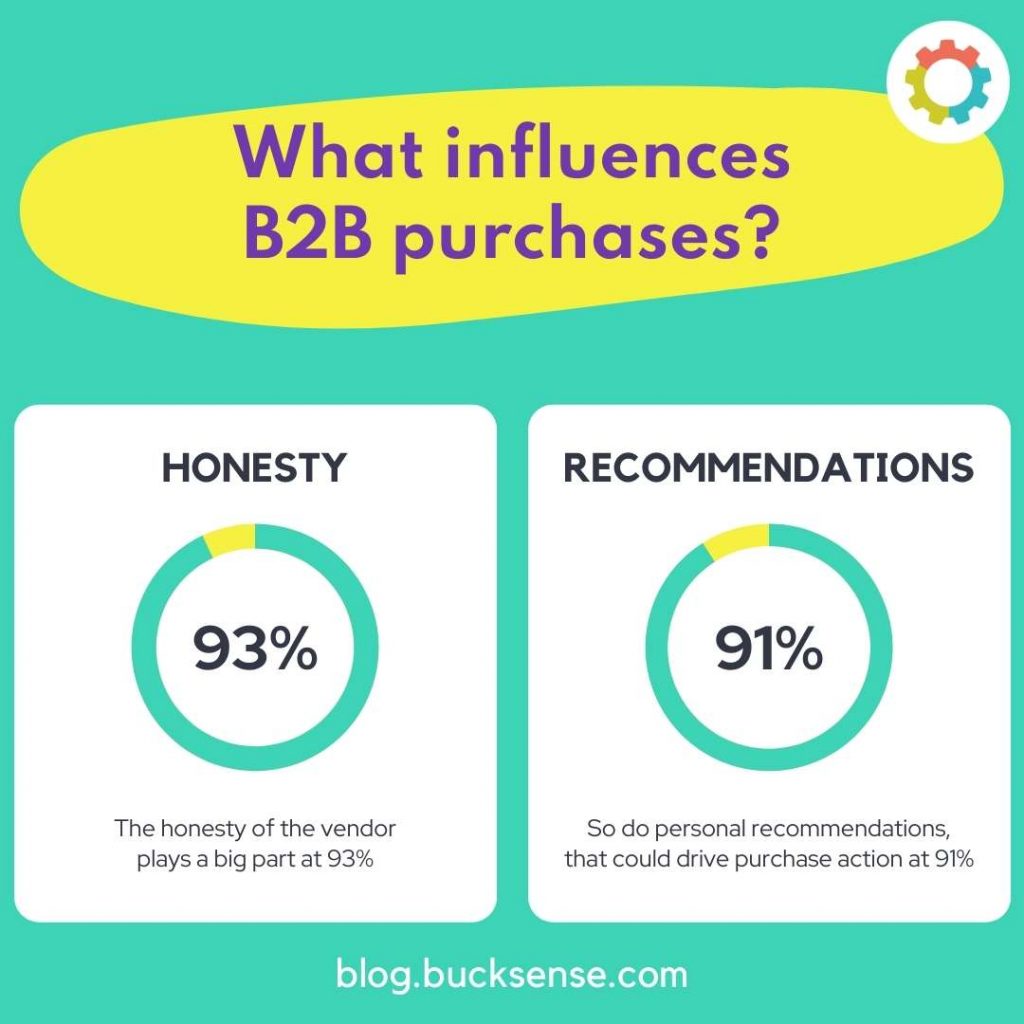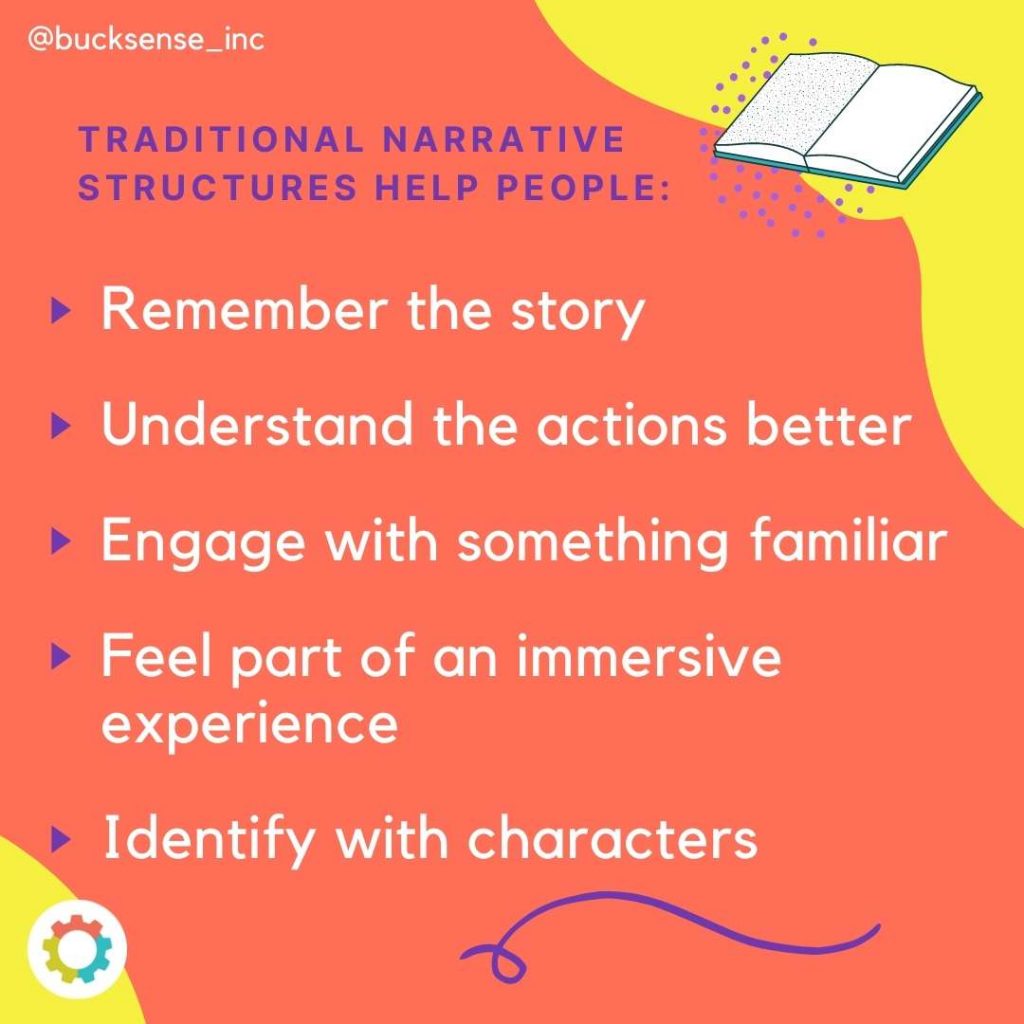Successful B2B marketing strategies are all about one thing: establishing connections. These could be psychological or emotional, but they are the element that makes business work. It sounds simple, but it is not. At least it is not simple if you are not a great storyteller.
What buyers are looking for seems to be very clear, but it can be understood in many different ways. According to a study by Google in partnership with Motista and CEB, 71% of B2B buyers will purchase if they identify personal value in the business. So, the key question is: what is personal value? One definition could be that it is the professional, social, and emotional benefits you experience in addition to the actual product.
In other words, it’s not a wholly objective or rational element. It is a way to talk about satisfaction. Positive emotions improve customer experience and therefore satisfaction.
Sometimes those emotions are hard to identify, but they are powerful enough to influence decision-making processes and trigger actions. Simply explained, the right emotions are able to generate the necessary trust for a person to purchase. They also improve customers’ loyalty and increase the chances of them becoming brand advocates.
Storytelling as a tool to trigger emotional responses
For B2B purchases, decisions affect the entire business, so marketers should focus on influencing decision-making processes. B2B buyers require a higher perceived value than B2C, so as a B2B seller, you should tap into the emotions your buyers identify as valuable. Listen to your target audience; find out what they need and what motivates them, then think about how to help them understand how their decision will improve their business’ efficiency.
Research your target audience through all the available channels: social media, surveys, phone calls, or email questionnaires. This way, you will get actionable insights directly from the source. This is the most effective method to know your customers and also to gather all the information you need to understand how to approach them.
In other words: before telling your story, you should always listen to your audience.
With this information, think about what you can improve. Does your story address these points? Is your story something they can relate to?
Remember that you are talking to people who have specific needs and problems. Your story has to really humanize your business. For that, you need two elements: personality and emotion.
Structure as a fundamental part of your story
Since you have a pretty good idea of your customers’ needs, you can use those problems or pain points to present actual conflicts.
Talk about the problem in an attractive way. Remember that attention precedes empathy. When you talk in a friendly way about something your audience can relate to, you start generating positive feelings.
After establishing your customers’ issues, it’s time to present the solution that your product or service provides. This is exactly the climax of the story: when your business becomes the hero by resolving the conflict.
Now, describe how your customers’ lives change after that. Go into detail and portray a specific, authentic satisfaction.
Storytelling needs emotional resonance, so don’t be afraid of being too subjective. Maybe you can add some figures to your story in order to illustrate objective value, too.
Following the traditional structure of stories will help people follow them and engage with them more easily. That’s the reason why marketers will ultimately be able to create immersive customer experiences that generate engagement and improve customer experiences.
Why is B2B storytelling important in marketing?
Brands use B2B storytelling since it’s really useful to establish connections with other companies. It allows brands to share their values and find other businesses that identify with them as well.
Why is structure key in B2B storytelling?
Having a well-thought-out and organized structure is really important. It helps people to remember the story, identify the actions and characters and engage your users better.












